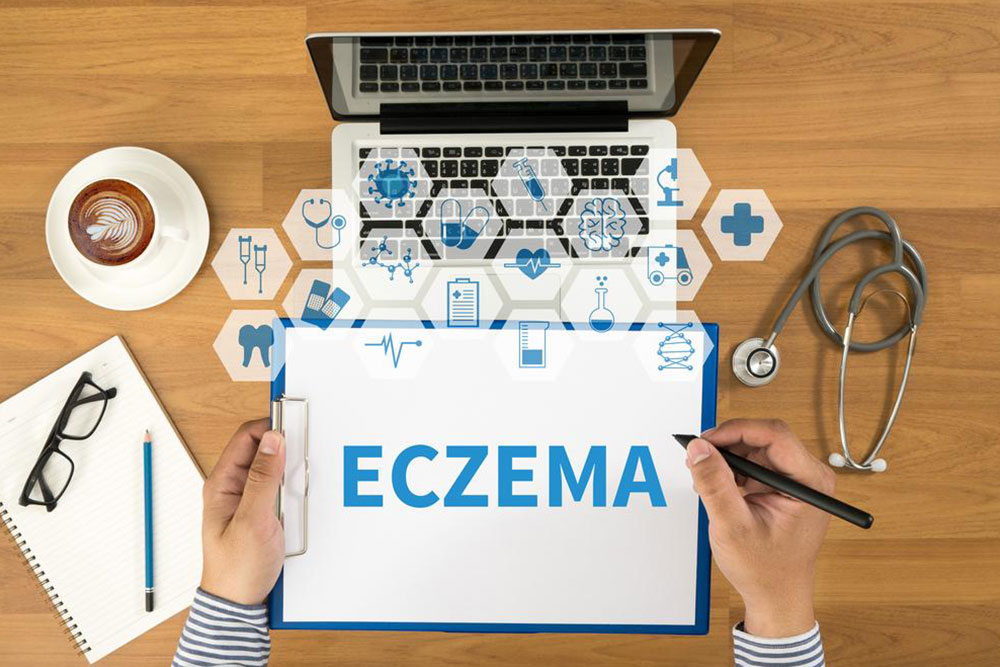Everything You Need To Know About Osteoporosis
Osteoporosis is an illness that causes an individual’s bones to become brittle and weak. The bones become so weak that even mild physical strain like bending over can cause a fracture. This health condition occurs when an individual’s body is unable to keep up with the creation of new bones required to replenish the removal of the old bones. It is characterized by the deterioration of bone tissue along with a decrease in bone mass.

Below is some information about the various aspects of this health condition.
What are the risk factors for osteoporosis?
Some risk factors for osteoporosis are:
- Family history – An individual is at a high risk of suffering from osteoporosis if his/her parents or grandparents have shown signs of the health condition, such as a fractured hip.
- Gender – Women aged 50 years or older are at the risk of suffering from osteoporosis. The condition tends to affect more women than men. Although men too can suffer from osteoporosis, the cases are less common as compared to women.
- Ethnicity – As per research, Asian and Caucasian women are at a higher risk of developing osteoporosis than women from other ethnicities.
- Age – The bone density peaks at the age of 30. Post 30 years of age, an individual starts to lose bone mass. This increases the risk of suffering from osteoporosis.
- Body weight and bone structure – Thin and petite women have less bone to lose than women who have a larger frame and more body weight. Similarly, thin and small-boned men are at a higher risk of developing osteoporosis than men with more body weight and larger frames.
- Diseases – Diseases like rheumatoid arthritis increases the odds of developing osteoporosis.
- Broken bones – In individuals who have suffered from fractures, the bones may not be strong. Thus, it increases the risk of suffering from osteoporosis.
What are the common symptoms of osteoporosis?
Some of the common symptoms of osteoporosis are:
- A stooped posture or a compression fracture.
- Increased back pain, commonly, caused by a fractured or collapsed vertebra.
- Neck pain that can be minor tenderness or debilitating pain.
- Loss of height over time.
- Fractures that occur more easily than expected.
When should one see a doctor?
- Osteoporosis symptoms can cause a great amount of pain and a lot of discomfort.
- It is essential to visit a doctor if one experiences debilitating pain, particularly, in the wrist, neck, back, or hip.
- These can be signs of a fractured bone and would require diagnosis and a proper treatment plan.
How is osteoporosis diagnosed?
- In order to check for osteoporosis, the doctor will review the patient’s medical history as well as perform a physical examination.
- Additionally, the doctor may also run blood and urine check to check for health conditions that may cause loss of bone.
- If the doctor thinks an individual may be suffering from osteoporosis or is at a risk of developing this condition, he/she may suggest a bone densitometry or a dual-energy X-ray absorptiometry (DEXA), which is a bone density test. It makes use of X-rays to measure the density of an individual’s wrist, hips, or spinal bones. The tests take anywhere between 10 to 30 minutes.
What are some of the preventive measures for osteoporosis?
Risk factors for osteoporosis are beyond anyone’s control. Some of the best ways to prevent this health condition are:
- Quit smoking.
- Consume a healthy and balanced diet rich in calcium and vitamin D.
- Perform weight-bearing exercises.
- Take timely precautions if one is at the risk of suffering from osteoporosis.




